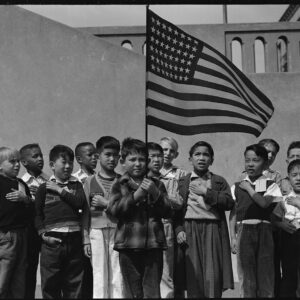Every morning, millions of children put their hands over their hearts and begin the school day with a simple recitation. It’s been done for 130 years and is as much a part of American culture as apple pie and the Fourth of July. Did you know more than patriotism was behind the Pledge of Allegiance’s […]

